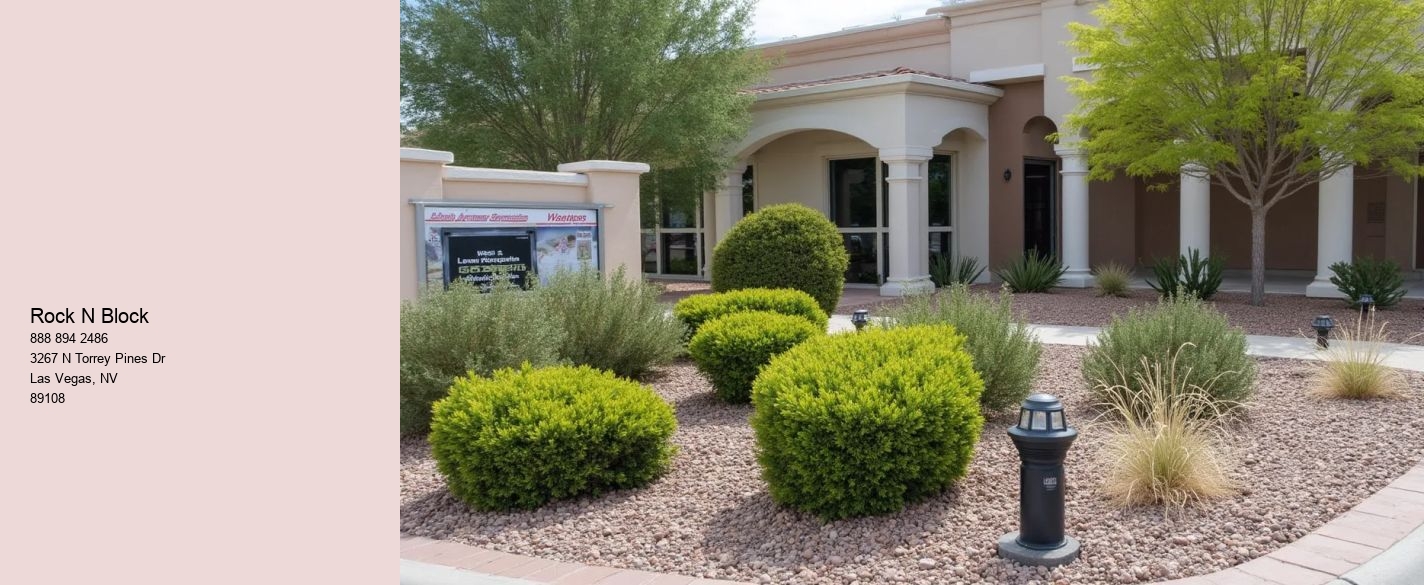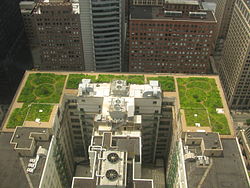Implementing Drought-Tolerant Plants in Your Greenspace
Implementing Drought-Tolerant Plants in Your Greenspace
Im gonna tell you something important now. Best vegas landscapers Nevada. Its not a secret that, in Las Vegas, were often faced with dry and hot conditions. This not only makes it a challenge to maintain a lush, vibrant greenspace, but also puts a significant dent in our pockets. However, theres a solution to this problem which many folks tend to overlook – drought-tolerant plants!
Lets be real, maintaining a greenspace in an arid environment isnt just about making it look pretty. Its also about being responsible and cost-effective. And thats where drought-tolerant plants come in. These gems, my friends, are built to survive in drought-like conditions (and believe me, they do so with style). So, whats the deal with them, huh?
In essence, drought-tolerant plants are those that can survive with minimal water. Theyve adapted to arid conditions by developing deep root systems that tap into the soils moisture reserves. But thats not all! They also have leaves that reduce water loss. This means they require less maintenance and less water, resulting in substantial savings for you.
Oh, and did I mention the variety? From the vibrant Red Yucca to the iconic Joshua Tree, youre spoilt for choice. Not to mention, they add a unique aesthetic to your greenspace thats simply unparalleled.
Now, you might be thinking, "But I don't know the first thing about these plants, or how to implement them in my greenspace." Well, don't fret! There are plenty of resources available to guide you through the process. Nurseries, garden centers, and even online platforms offer a wealth of information and a wide variety of drought-tolerant plants to choose from.
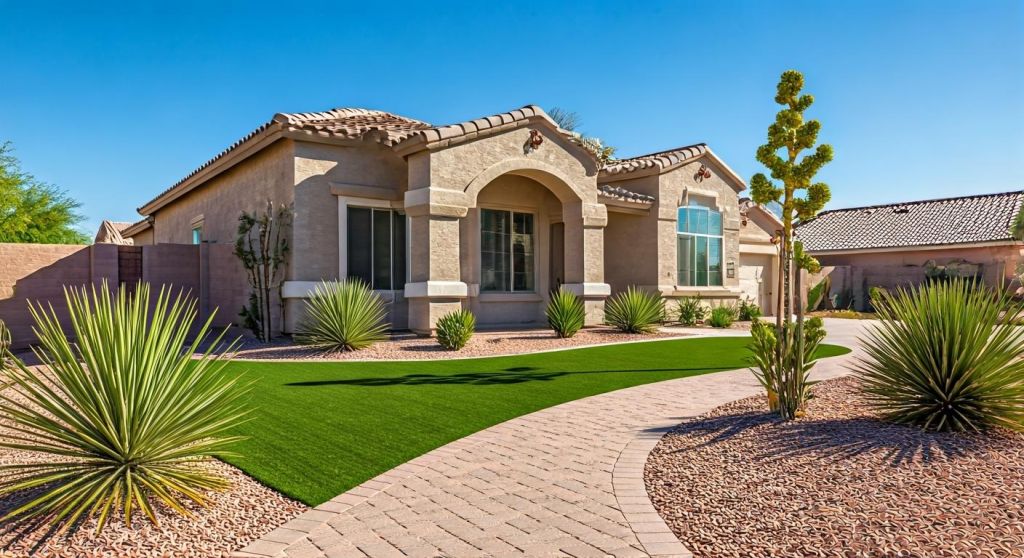
But remember, it doesnt mean you can completely ignore these plants. They don't need much, but they do need some care. Regular check-ups (though less frequent than other plants) are essential to keep them in top form.
No, they wont make your greenspace look dry and lifeless. Quite the opposite, actually. With their unique textures, shapes, and colors, these plants will add a touch of desert charm to your greenspace.
So, there you have it! Implementing drought-tolerant plants in your greenspace is not only a cost-effective method in a place like Las Vegas, but it also contributes to water conservation efforts. Its a win-win situation, really. So why wait? Go green, but do it in a smart way!
Opting for Artificial Grass: A Cost-Effective Alternative
In the heart of the desert, creating and maintaining a lush, green space within the confines of Las Vegas can be a daunting task (not to mention, a pricey one). However, there is a cost-effective alternative thats been gaining quite a bit of traction lately: artificial grass!
You might be thinking, "Artificial grass? Isnt that for football fields?" Well, yes, but it aint just for sports anymore. Homeowners like you are opting for artificial grass to enhance their Las Vegas greenspace without breaking the bank.
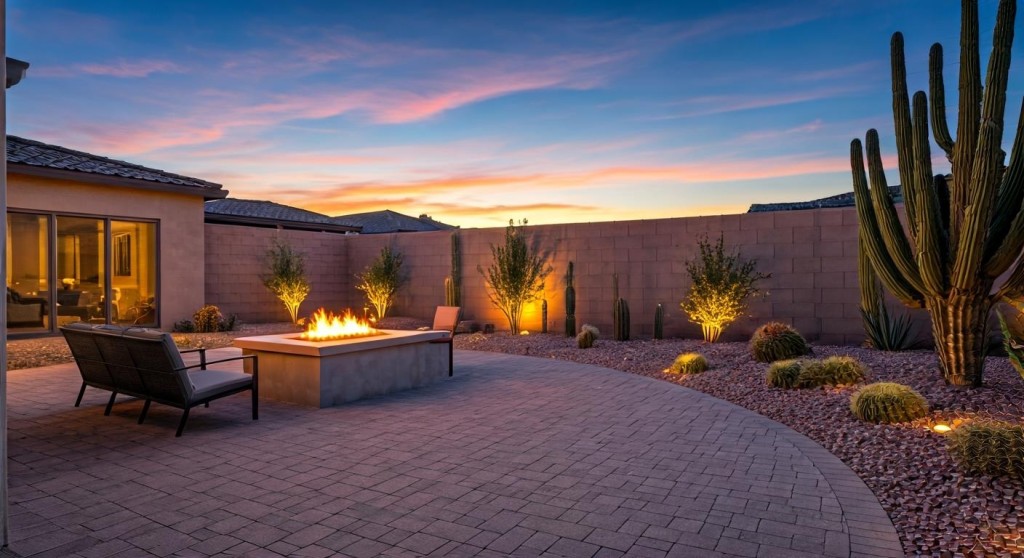
Now, lets talk cost. Maintaining natural grass can be a real money pit. The water bills alone will have you reconsidering your landscaping choices. Not to mention the cost of fertilizers, pesticides, and routine mowing. And what do you get for all that money? Grass that easily withers in the desert heat and turns brown in winter.
But, wait! Theres a solution: artificial grass. Its a one-time investment thatll save you a ton of cash in the long run. Once installed, it requires little to no maintenance. No watering, no mowing, no fertilizing. And the best part? It stays green all year round, regardless of the weather.
Artificial grass isnt just cost-effective; its also environmentally friendly. By opting for artificial grass, youre reducing water usage - a significant benefit in a desert city like Las Vegas. Plus, youre eliminating the need for harmful pesticides and fertilizers.
Now, I know what youre thinking: "But I love the feel of real grass under my feet!" Sure, the feeling of natural grass might be hard to replicate. However, modern artificial grass comes pretty darn close. Its soft, comfortable, and safe for kids and pets to play on. And lets not forget, its always green!
In conclusion, if youre looking for a cost-effective method to enhance your Las Vegas greenspace, opting for artificial grass might be the way to go. Its not just about saving money; its about creating a sustainable, low-maintenance, and evergreen space that you and your family can enjoy year-round. So why not give it a shot? It wont disappoint!
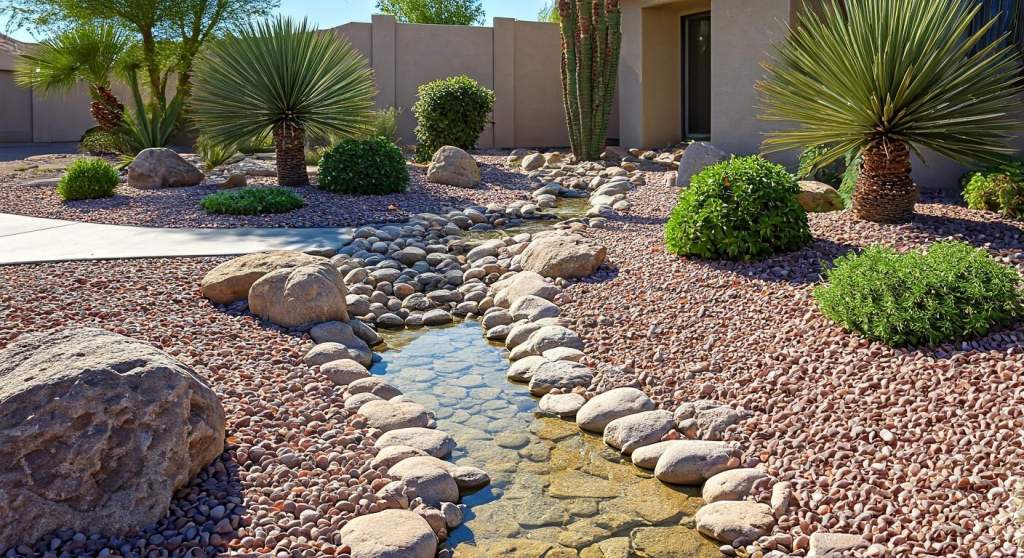
Utilizing Local Resources: Composting and Mulching
When it comes to enhancing your Las Vegas greenspace, its critical (and often overlooked) to consider cost-effective methods. One such method, which I feel is greatly underutilized, is the use of local resources: composting and mulching. Oh, yes! Its not only beneficial for your wallet but also for the environment.
Now, you might be thinking, "Composting and mulching? Isnt that a lot of work?
7 Cost-Effective Methods to Enhance Your Las Vegas Greenspace - Courtyard Landscaping Las Vegas
- Small Yard Landscaping Las Vegas
- Outdoor Flow Planning Las Vegas
- Luxury Outdoor Spaces Las Vegas
Composting is basically decomposing organic materials into a rich soil-like substance. Its a natural process that happens all the time in nature, but we can speed it up by creating a compost pile in our backyard. So, what can you compost? Well, a lot! Kitchen scraps (like fruit peels, coffee grounds, eggshells), yard waste (such as leaves, grass clippings, branches), even paper and cardboard can go into a compost pile. However, dont throw in meat or dairy products; theyre not suitable for home composting.
Mulching, on the other hand, involves spreading a layer of material (like leaves, straw, or wood chips) on the surface of your soil. Its an excellent way to retain moisture in the Las Vegas heat, suppress weeds, and improve soil health. But, its not just about buying mulch from a store. You can make your own mulch by using yard waste or even chipped wood from trimmed trees.
Theres no need to spend a fortune on expensive fertilizers or weed killers. By utilizing local resources, youre not only saving money but also reducing waste and contributing to a healthier environment. For Las Vegas homeowners, this is a win-win situation!
In conclusion, composting and mulching are cost-effective methods to enhance your Las Vegas greenspace. Theyre simple, beneficial, and above all, they make use of local resources. So, why not give it a try? Remember, every little bit helps. As they say, "Waste not, want not!"
Investing in Energy-Efficient Outdoor Lighting Solutions
Ah, the Las Vegas greenspace! Its not just a place to catch some fresh air, but also an area that showcases the beauty of nature amidst the bustling city life. However, its quite a task to maintain and enhance these spaces, particularly in a cost-effective way.
7 Cost-Effective Methods to Enhance Your Las Vegas Greenspace - Boulder Landscaping Las Vegas
- Courtyard Landscaping Las Vegas
- Boulder Landscaping Las Vegas
- Fence Line Landscaping Las Vegas
The reason for this is simple. Traditional outdoor lighting systems are notorious for their high energy consumption, and replacing them with energy-efficient alternatives can lead to significant savings in the long run. But, thats not the only reason to consider this switch.
Energy-efficient lighting solutions also have a longer lifespan compared to their traditional counterparts. In other words, you dont have to worry about replacing them as often (a major plus point, Id say). Now, this doesnt mean theyre immune to wear and tear, but they certainly offer more bang for your buck!
The benefits dont stop there! These lighting solutions also contribute to a healthier environment. They use less energy, which means fewer greenhouse gas emissions. So, youre not just saving money, but also doing your bit for the environment (a win-win situation, dont you think?).
Now, you might be thinking, "But these energy-efficient lights are probably expensive to install!" Well, thats where youre wrong. The initial cost might seem high, but when you factor in the long-term savings on energy bills and maintenance, they are more than worth the investment.
And lets not forget about the aesthetics.
7 Cost-Effective Methods to Enhance Your Las Vegas Greenspace - Fence Line Landscaping Las Vegas
- Landscape Design Consultation Las Vegas
- Minimalist Landscaping Las Vegas
- Color Coordinated Landscaping Las Vegas
To conclude, investing in energy-efficient lighting solutions is indeed a cost-effective method to enhance your Las Vegas greenspace. Its time to say goodbye (or should I say, good riddance!) to those old, energy-guzzling lights and welcome the new, efficient ones. Trust me; your wallet, the environment, and your greenspace will thank you!
